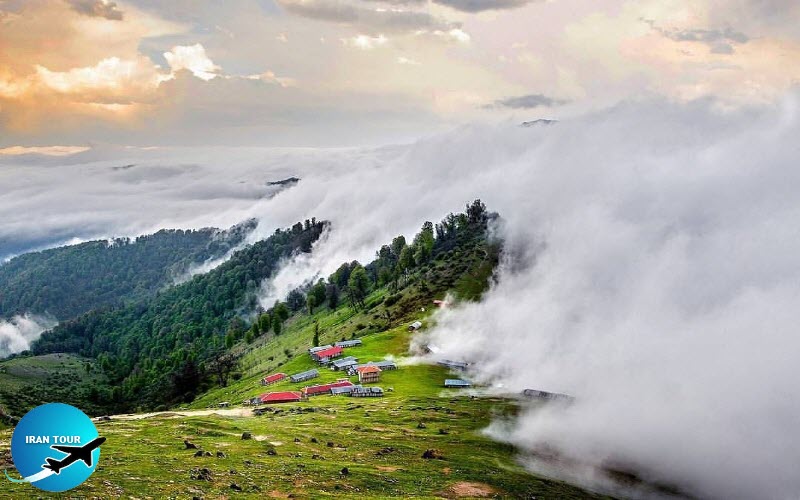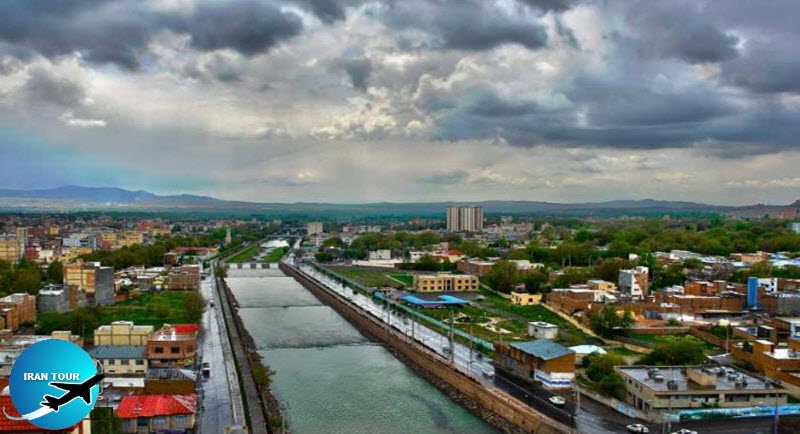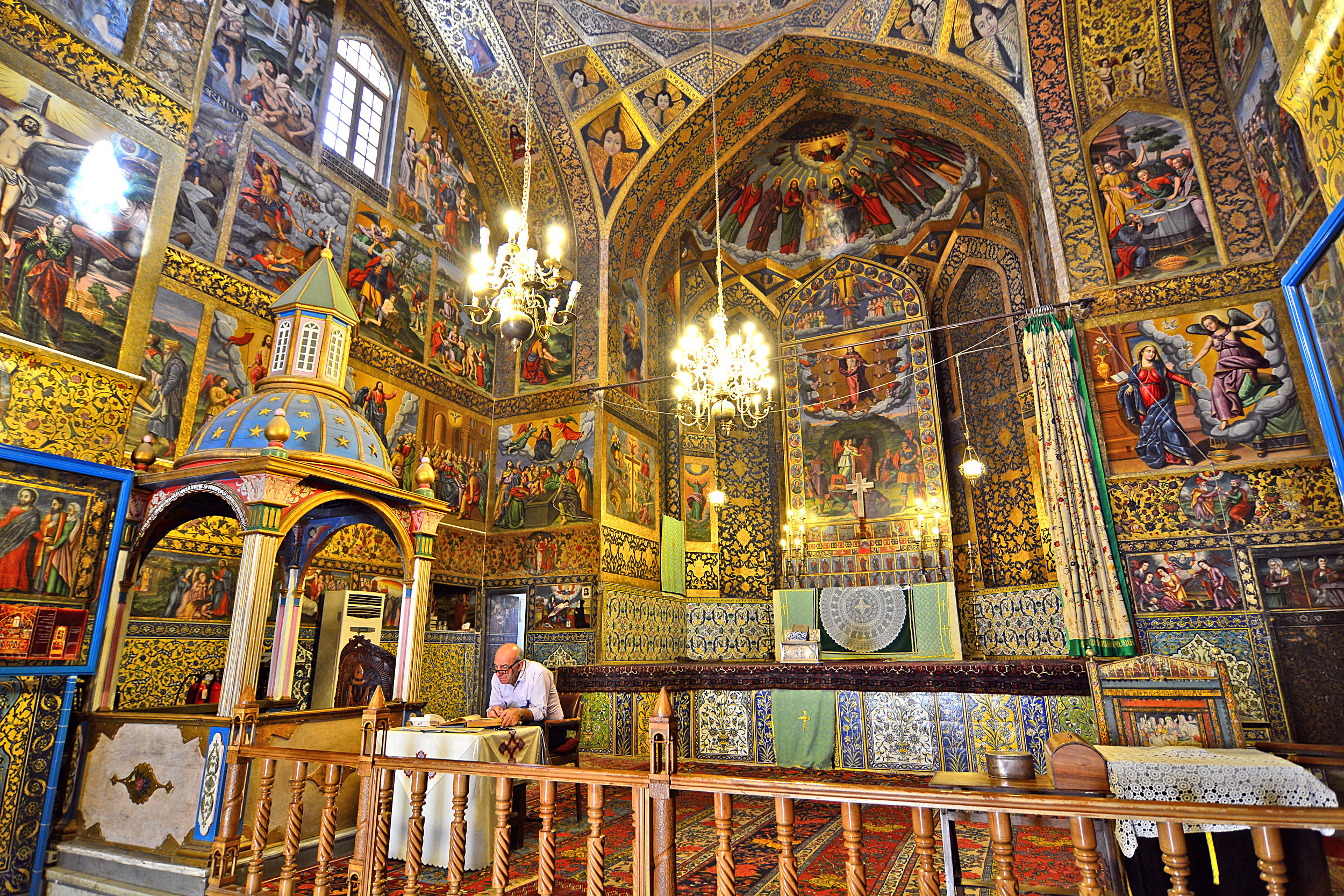Copyright 2020 - 2021 irantour.tours all right reserved
Designed by Behsazanhost
A trip to the Caspian lake's coasts the Paradise of Iran
The Lands of the north of Iran and south of the Caspian lake, known as the Caspian Sea, are a lush green paradise with all kinds of tall and old trees - vast meadows - lush green mountains - small and large local sluices - vast rice's fields - pleasant climate, and the hospitable people is the most important tourist destination of Iran traveler in all seasons.
- Details
- Category: Where to go in IRAN
Maragheh the Mughal's Capital
Maragheh the most important of Mughal's capital(1217-1265), a city of rich historical background, is located on the beautiful slopes of Sahand mountains near million-year-old settlements around Soofi Chay River and Mordi Chay. According to various sources, Maragheh has been the birthplace of Zoroaster, the great Arian prophet, whose mother, Dogdooye is believed to have been from this place, known as Ranhe at that time, the twelfth city constructed by Zoroaster.
- Details
- Category: Where to go in IRAN
Hamadan: Beating heart of Persian history
Featuring a long civilization history and a rich culture, Iran has played an important role in the development of human civilization. Hamedan, as the first Iranian capital city after
- Details
- Category: Where to go in IRAN
Iranian Armenian Churches
The first Armenian churches in Iran were built starting from the 4th-5th centuries A.D. They were based on a simple, or hypostyle basilica plan. In general, the basilica church included a long hall which stretched from east to west. The entrance to the church was on the western side, and an altar with flanking ambries was located on the eastern side, Gradually, these simple churches were extended on four sides by adding arcades and terraces along their outer walls
- Details
- Category: Where to go in IRAN



